Ogden Museum of Southern Art
925 Camp St
New Orleans, LA 70130
504.539.9600 | HOURS
925 Camp St
New Orleans, LA 70130
504.539.9600 | HOURS
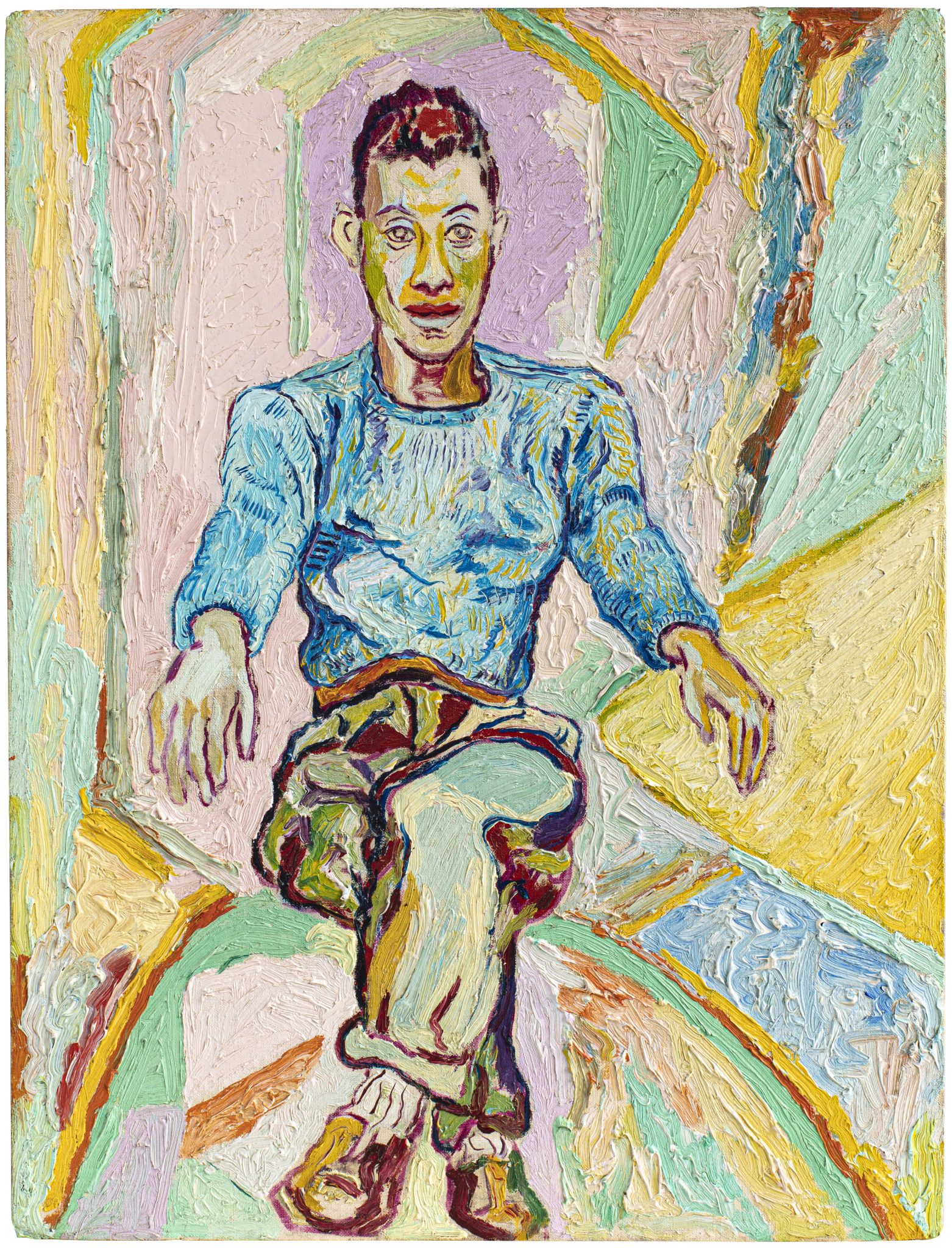
Beauford Delaney (1901-1979), James Baldwin, c.1945-50, oil on canvasboard, 24 x 18 inches / 61 x 45.7 cm, estate stamp, Collection of halley k harrisburg and Michael Rosenfeld, New York, © Estate of Beauford Delaney, by permission of Derek L. Spratley, Esquire, Court Appointed Administrator, Courtesy of Michael Rosenfeld Gallery LLC, New York, NY
Supporting Sponsor
Beverly Dale
Carla & Cleophus Thomas
Host Committee
Eclectic Home
Martin J. Drell M.D.
Monique & Warren Gardner
Stuart B. Hurt
Matthew B. Moreland
Dale A. Mott & Kenneth P. Hyle, Jr.
Roger H. Ogden & Ken Barnes
Brian Sands
Troy Scroggins
Donna Vitter
Erica J. Washington
Terese & Bill Winslow
“[Beauford] Delaney repeatedly turned to art to annihilate the boundaries of fixed identity in ways that were not simply aesthetic…but also spiritual. Such ecstatic annihilations ran between his purely abstract paintings and his portraits, animating his figurative and non-figurative work alike.”[1]
—Mary Campbell
“[I] have worked terribly hard…and much has sundered and exploded, but now it coalesces with lava-like smoke and fluid color, sometimes a veritable flame, other times subdued essences…yes, I am again painting in my old feeling—tense, difficult, but compulsive, and I love it.”[2]
—Beauford Delaney, 1964
Featuring portraits and abstract works, Be Your Wonderful Self: The Portraits of Beauford Delaney explores the preeminent status portraiture held in the artist’s life and work, following the trajectory of his career from his “Greene Street” period in New York through his ardent embrace of pure abstraction after his relocation to Paris in 1953. By exhibiting Delaney’s portraiture alongside his abstractions, the exhibition seeks to reveal the common intention with which the artist approached both genres of painting, which came to dominate his artistic output for the remainder of his working years.
Be Your Wonderful Self, organized by Michael Rosenfeld Gallery, LLC, New York, NY will be accompanied by an expansive catalogue, publishing new scholarship by Mary Campbell, Associate Professor of Art History at the University of Tennessee, Knoxville, and an illustrated chronology featuring an extraordinary selection of previously unpublished archival photos and ephemera. A special section of the publication will be dedicated to statements from such historical and contemporary voices as James Baldwin, Richard Long, Julie Mehretu, Georgia O’Keeffe and Amy Sherald, who describe the indelible impact Delaney’s work had on their practices and the broader evolution of 20th century modernism.
The scope of Be Your Wonderful Self encompasses Delaney’s mature career, beginning with his accomplished 1939 portrait of W.C. Handy, and terminating with his penetrating 1972 depiction of Jean Genet. Though its acclaim is well-earned, Delaney’s technical mastery often eclipses his singular ability to capture individual temperament in his portraits—a capacity often augmented by the artist’s sincere and unconditional engrossment in his sitters. His distinctive formal approach to portraiture melds abstraction and figuration in such a way that the physical description of the sitter is secondary to their psychological essence; by emphasizing specific characteristics of their form (often including clothing or expression) Delaney renders each subject as an iconographic manifestation of their interior self. His bold fauvist palette and meticulously textured surfaces, which range from densely encrusted to ethereally sheer, unifies subject and background in a way that overshadows their corporeal presence, rendering each painting a new, holistic embodiment of its subject. Delaney often worked from memory when painting portraits, an approach that imbues his pictures with a particular subjectivity rooted in the artist’s emotional and psychic relationship with his subjects; far from a narcissistic impulse, Delaney embraced this approach as a means to making the imperceptible connection between artist and subject visible through a combination of formal exaggeration or simplification expressed through a meticulous chromatic exactitude.
Delaney’s abstractions were likewise conceived in his studio without a physical referent present—usually with the walls and other works in the space covered by white bedsheets to enhance the effects of the natural light—and testify to the intense drive for aesthetic experimentation he felt unable to adequately express in his figural works. Considered by the artist to be individual expressions of ineffable emotional or cosmic profundities, the abstract works often acted as a receptacle for the overflow of creative passion that overwhelmed the artist after settling in Paris. By exhibiting these parallel bodies of work in conversation with each other, Be Your Wonderful Self seeks to reveal the conceptual crux that unifies them, namely the arresting treatment of tone and atmosphere inherent to the artist’s entire oeuvre. As critic and poet Jean Guichard-Meili wrote in a review of the artist’s 1964 exhibition at Galerie Lambert, “Only a methodical and extended exercise of vision will permit [the abstract paintings] to be sensed and savored amid and beneath the network of color tones…the movements of internal convection, the vibrations of underlying design. The portraits do not differ from the other works…Background, clothing, hands, face are the pretext for autonomous harmonies.”[3]
Biographically, Delaney was as affable as he was generous, often living in poverty due to his charitable nature. The artist’s good friend Henry Miller once summarized Delaney’s benevolent disposition: “He has made many, many friends throughout his career, and he never ceases to make new ones. He is not just a friend he is the friend, the one who gives his all. Poor though he has been, he has never given the impression of being miserable. He has always given to more than he received—that is to say, himself.”[4] Delaney’s figurative paintings demonstrate his indiscriminate eye for subjects, which variously depict family, casually encountered acquaintances from all walks of life, and friends from his wide circle of artists, writers and other cultural luminaries. Though many in his social network were individuals of exceptional acclaim, Delaney’s genuine warmth and interest extended to everyone he befriended regardless of social status, including Larry Wallrich, a Greenwich Village bookstore employee that became a lifelong friend, and to whom the titular phrase of this exhibition was directed in a 1953 letter from the artist.
An abiding devotee of Abstract Expressionism, Delaney felt compelled to pursue his interest in non-objective imagery in the mid-1950s, after the artist’s relocation to Paris instilled in him a new sense of artistic freedom. Upon settling among the Parisian avant-garde scene of American expatriate artists that included Baldwin, Bob Blackburn, Harold Cousins and Sam Francis—the latter of whom, along with Monet, Delaney would credit as influential to his early abstractions—Delaney embraced this new mode of expression, which became the prevailing approach to his practice in the years that followed. Though they bear no linear or formally descriptive elements, Delaney’s abstractions contain the same level of meticulous individualism in composition, palette, and surface quality as his portraits, manifesting a highly expressionistic handling of surface to elicit an energetic sense of movement and formal interplay.
Indeed, despite constituting such a drastic stylistic leap in comparison to his Greene Street period, the abstractions’ place alongside Delaney’s portraiture in the timeline of his career reveals an ideological consistency in the artist’s conception of painting, which he understood as an endeavor to embody light through paint with the same universal illumination with which it makes the world itself visible. “My work intensifies itself and some of the years of groping begin to take root in color and form,” Delaney wrote to Miller in 1964. “The human situation invades and pours. I am humbly dedicated and try to find orchestration for this deluge…One tries to speak through the brush the tangible and intangible feelings. They permit the vast panorama of things before, present, and future.”[5]
Be Your Wonderful Self: The Portraits of Beauford Delaney is organized by Michael Rosenfeld Gallery, New York, New York.
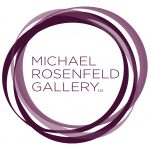
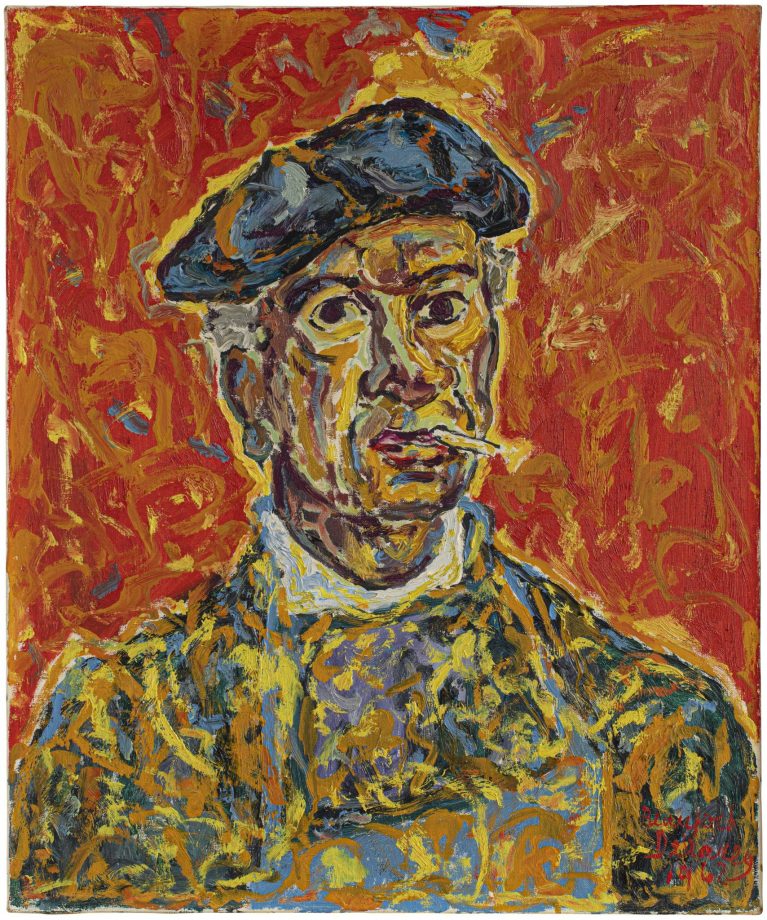
Beauford Delaney (1901-1979), Self-Portrait, 1962, oil on canvas, 25 1/2 x 21 1/4 inches / 64.8 x 54 cm, signed, Private Collection, © Estate of Beauford Delaney, by permission of Derek L. Spratley, Esquire, Court Appointed Administrator, Courtesy of Michael Rosenfeld Gallery LLC, New York, NY
An extraordinary colorist whose style transformed from figurative expressionism to lyrical abstraction, Beauford Delaney was born in Knoxville, Tennessee in 1901. As a young man, Delaney studied in Boston, where he became familiar with impressionist painting, especially the landscapes of Claude Monet and portraiture of John Singer Sargent. In 1929, Delaney moved to New York, dabbling in Harlem’s art scene while becoming deeply enmeshed in the Greenwich Village avant-garde. Throughout the 1940s and 1950s, in what is now known as his Greene Street period, Delaney authored a prolific body of portraits, still-lives, street scenes and modernist interiors executed in a fauvist-inflected expressionism characterized by thick impasto, undulating forms, and bold, bright palettes.
Although Delaney was accepted within New York’s elite circles artists and intellectuals, both Black and white, he continued to feel marginalized along the lines of race, class, and sexuality. In 1953, he followed in the footsteps of his good friend James Baldwin and left New York City permanently for Paris. Feeling a new sense of freedom from racial and sexual biases, he focused on creating non-objective abstractions. These paintings, consisting of elaborate, fluid swirls of paint applied in luminous hues, comprise pure and simplified expressions of light. Delaney’s talent and productivity was not met with financial success, and the spiritual transcendence found in these stunning works did not reflect the paranoia and depression that tormented him in these years, which he could not afford to treat. Despite his psychiatric difficulties, Delaney continued to work, exhibit, and live in Paris until his death.
Michael Rosenfeld Gallery has championed Delaney’s work for over 25 years, mounting three solo exhibitions: Beauford Delaney: Paris Abstractions from the 1960s in 1995; Beauford Delaney: Liquid Light – Paris Abstractions, 1954-1970 in 1999; and Be Your Wonderful Self: The Portraits of Beauford Delaney in 2021. Delaney’s work has consistently had a presence in major group exhibitions over the past decade, including Blues for Smoke, Museum of Contemporary Art, Los Angeles, CA (2012); Postwar: Art Between the Pacific and the Atlantic, 1945-1965, Haus der Kunst, Munich, Germany (2016); Histórias Afro-Atlânticas, Museu de Arte de São Paulo (MASP), Brazil, 2018; Soul of a Nation: Art in the Age of Black Power, Tate Modern, London (2018–2020); Black Refractions: Highlights from The Studio Museum in Harlem , The Studio Museum in Harlem, New York, NY (2019–2021); and United States of Abstraction: American Artists in France, 1946–1964 at the Musée d’arts de Nantes and the Musée Fabre, Montpellier, France, (2021). In 2017, the Knoxville Museum of Art in Tennessee mounted Gathering Light: Works by Beauford Delaney from the KMA Collection and, in 2020, the museum presented Beauford Delaney and James Baldwin: Through the Unusual Door.
Since 2019, his work has been featured in the permanent collection exhibition Collection 1940s–1970s at the Museum of Modern Art, New York, NY. Delaney is represented several major institutional collections, including the Art Institute of Chicago, Chicago, IL; Centre Georges Pompidou, Paris, France; High Museum of Art, Atlanta, GA; Knoxville Museum of Art, Knoxville, TN; The Menil Collection, Houston, TX; The Metropolitan Museum of Art, New York, NY; Musée Cantonal des Beaux Arts, Lausanne, Switzerland; Museum of Fine Arts, Boston, MA; The Museum of Modern Art, New York, NY; National Museum of African American History and Culture, National Portrait Gallery, and Smithsonian American Art Museum, all Smithsonian Institutions, Washington, DC; Philadelphia Museum of Art, Philadelphia, PA; San Francisco Museum of Modern Art, San Francisco, CA; The Studio Museum in Harlem, New York, NY; Virginia Museum of Fine Arts, Richmond, VA; Walker Art Center, Minneapolis, MN; and the Whitney Museum of American Art, New York, NY.
Michael Rosenfeld Gallery LLC is Special Advisor and Representative of the Estate of Beauford Delaney.
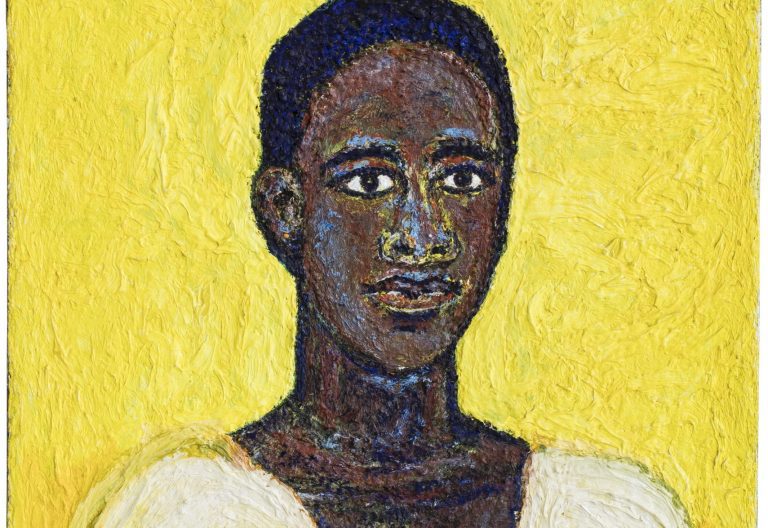
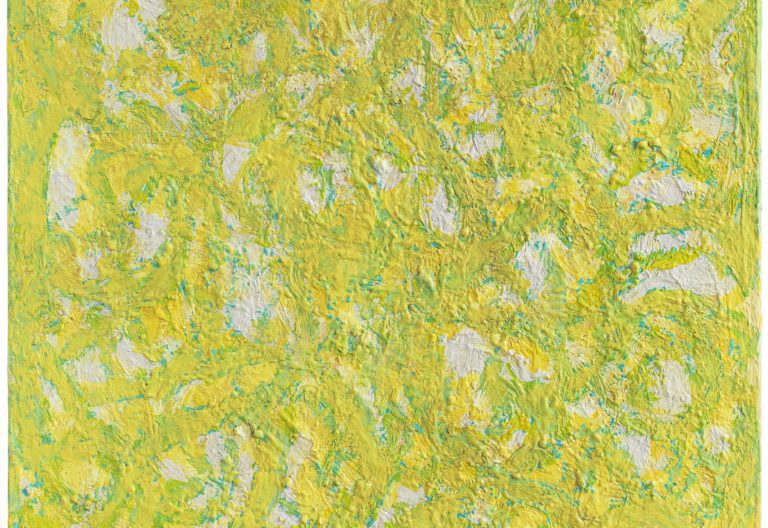
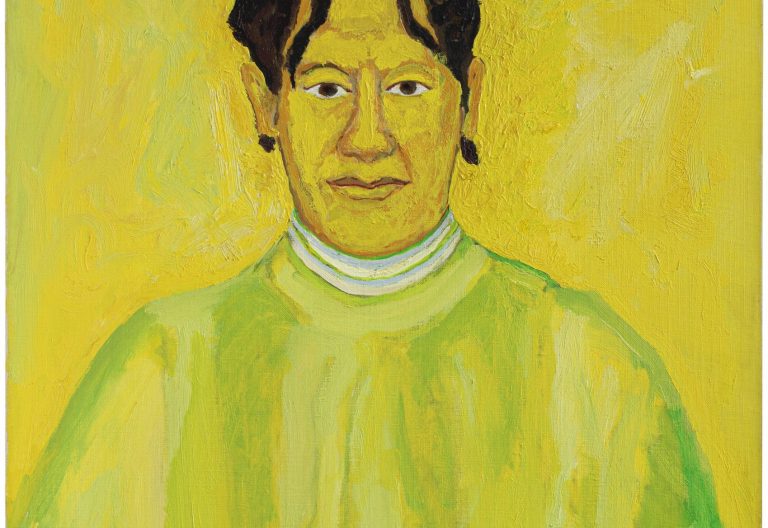
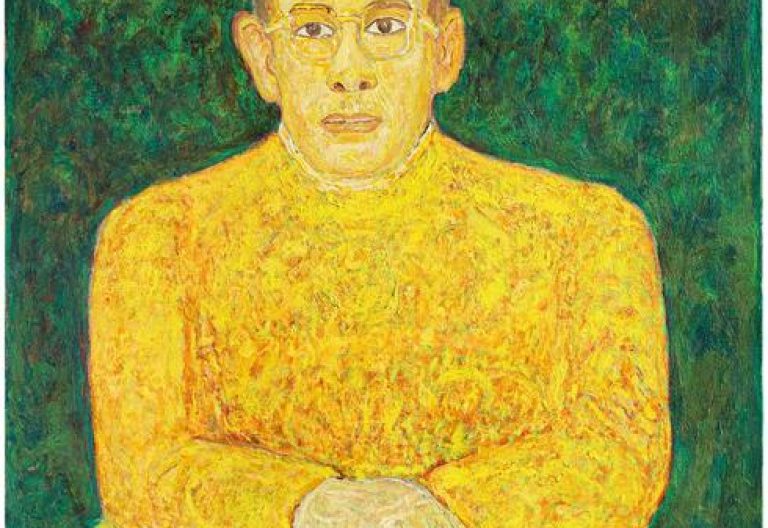
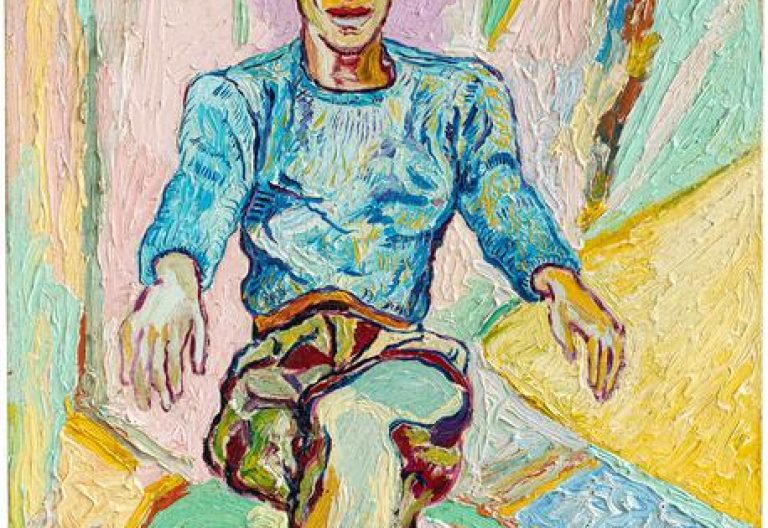
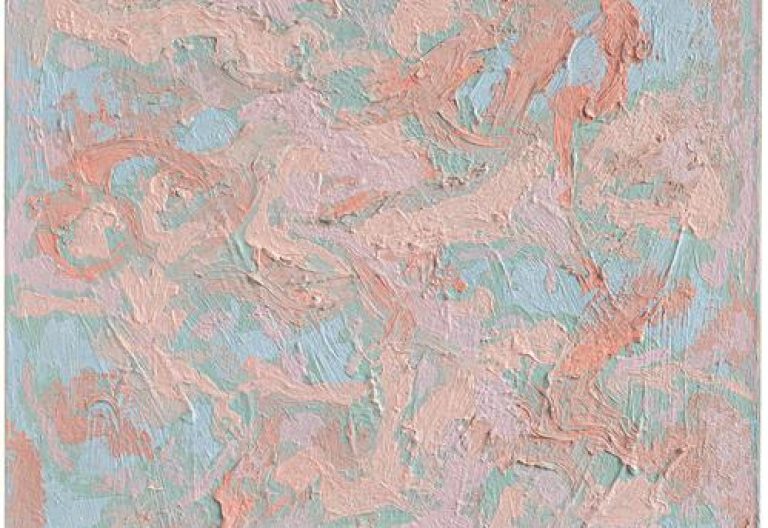
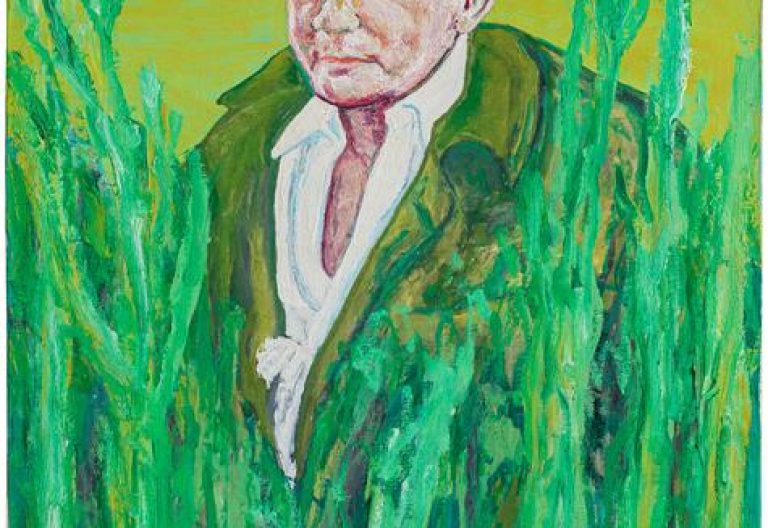
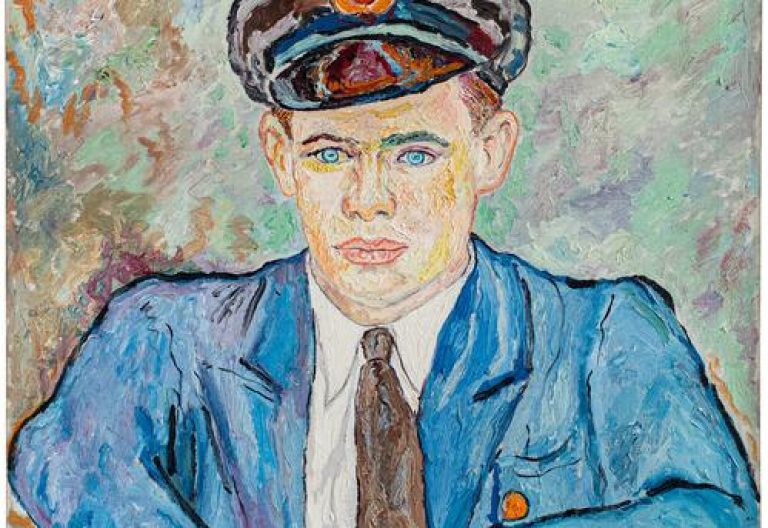

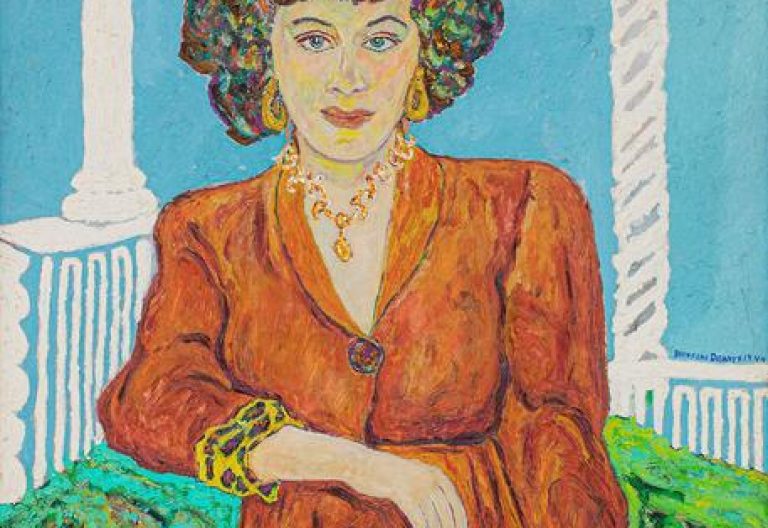

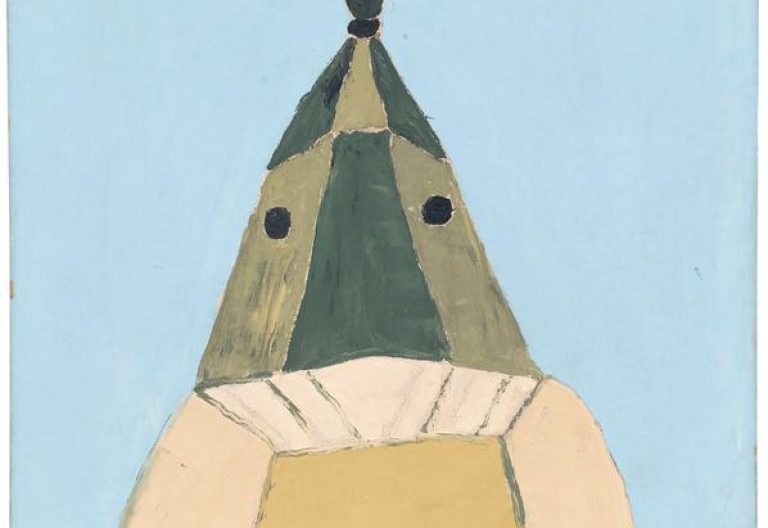
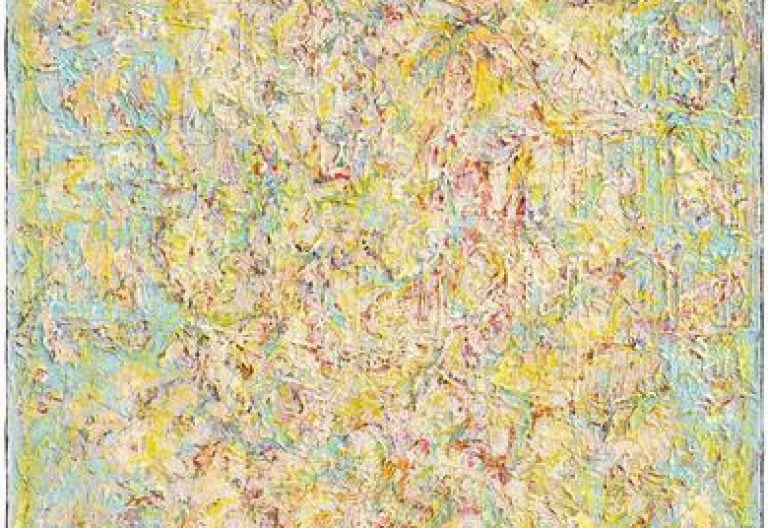
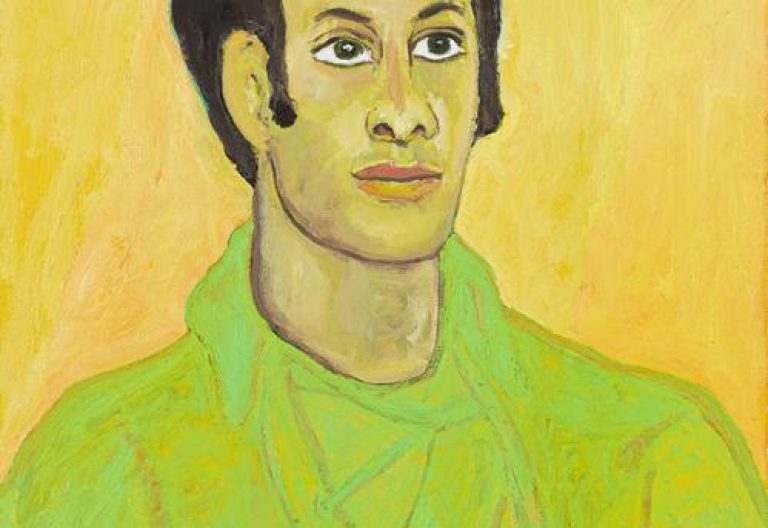


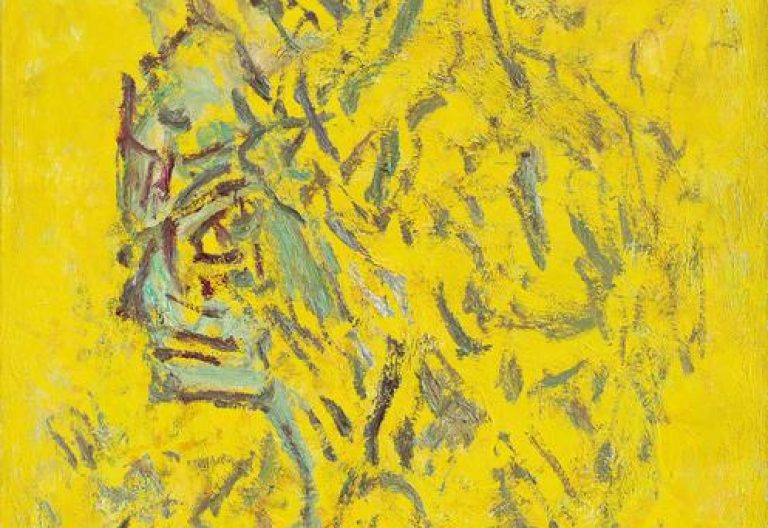
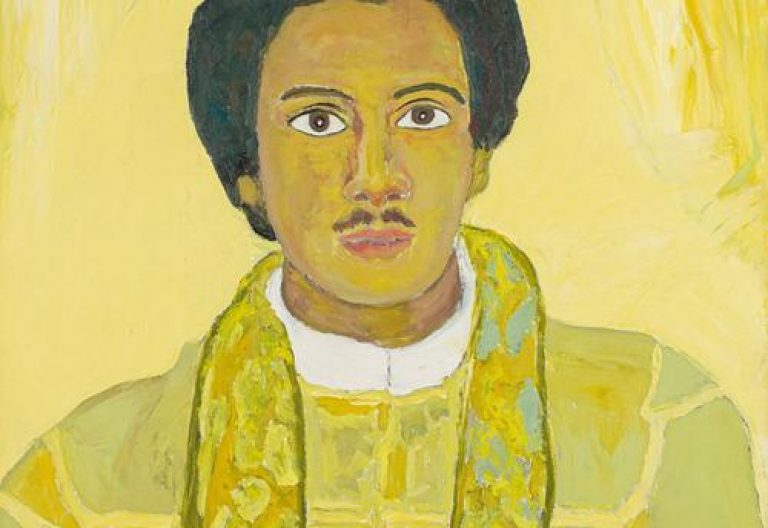
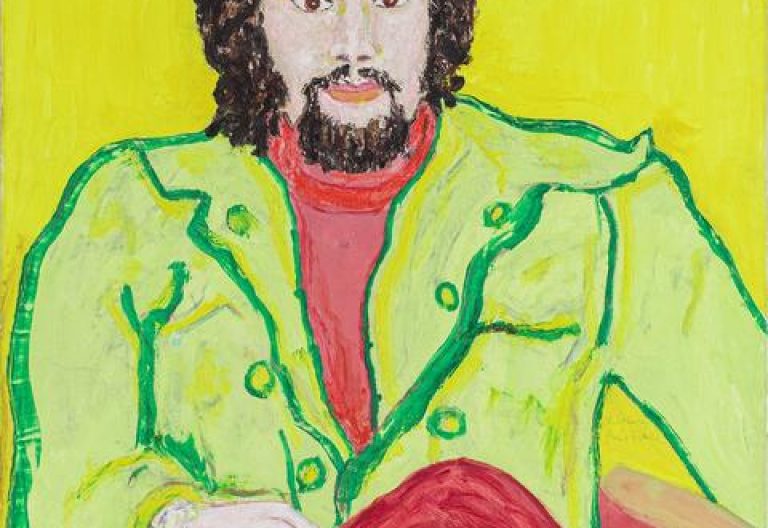
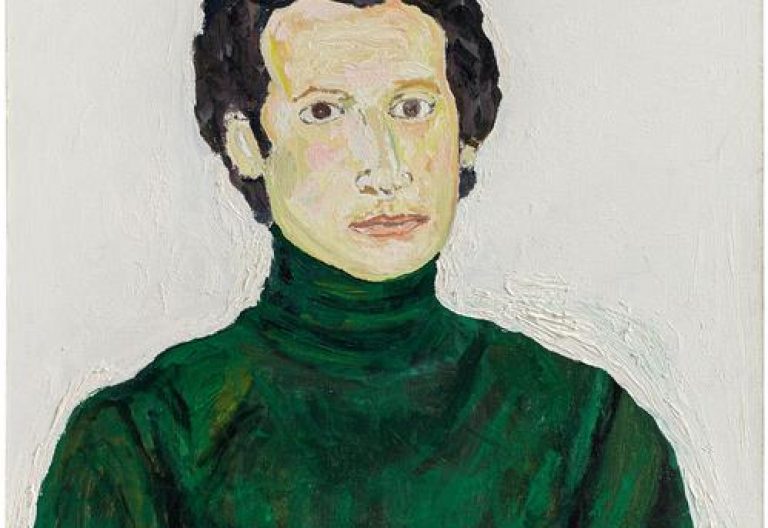
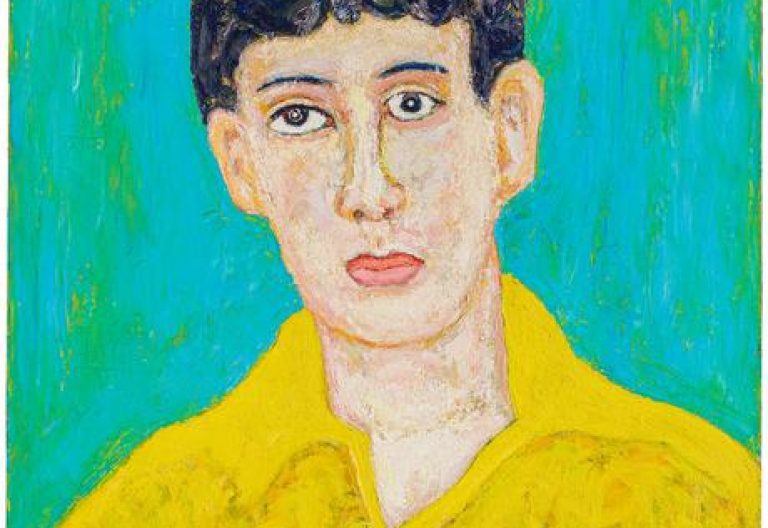
[1] Mary Campbell, “Beauford Delaney in Ecstasy,” in Be Your Wonderful Self: The Portraits of Beauford Delaney, exhibition catalogue (New York, NY: Michael Rosenfeld, 2021).
[2] Beauford Delaney, Letter to Henry Miller, May 21, 1964, quoted in David Leeming, Amazing Grace: A Life of Beauford Delaney (New York, NY: Oxford University Press, 1998), p. 162.
[3] Jean Guichard-Meili, trans. Richard A. Long, Arts, December 16–22, 1964, p. 27.
[4] Henry Miller, Letter to Darthea Speyer, September 26, 1972, in Galerie Darthea Speyer Records, Archives of American Art, Smithsonian Institution, Washington DC.
[5] Beauford Delaney, Letter to Henry Miller, May 21, 1964, quoted in David Leeming, Amazing Grace: A Life of Beauford Delaney (New York, NY: Oxford University Press, 1998), p. 163.